BBC Earth newsletter
BBC Earth delivered direct to your inbox
Sign up to receive news, updates and exclusives from BBC Earth and related content from BBC Studios by email.
Universe
The black hole; fascinating, mysterious, deadly.
There is something chilling about the phrase “black hole”. It suggests nothingness, incites feelings of danger; and alludes to something that could pull us in and entrap us. A place where time means nothing, with mind-blowing qualities that we struggle to grasp.
So what is a black hole? How can something that is essentially an “invisible nothing” be so important and so powerful? It’s all about gravity, and the pull of black holes, that makes them so intriguing.
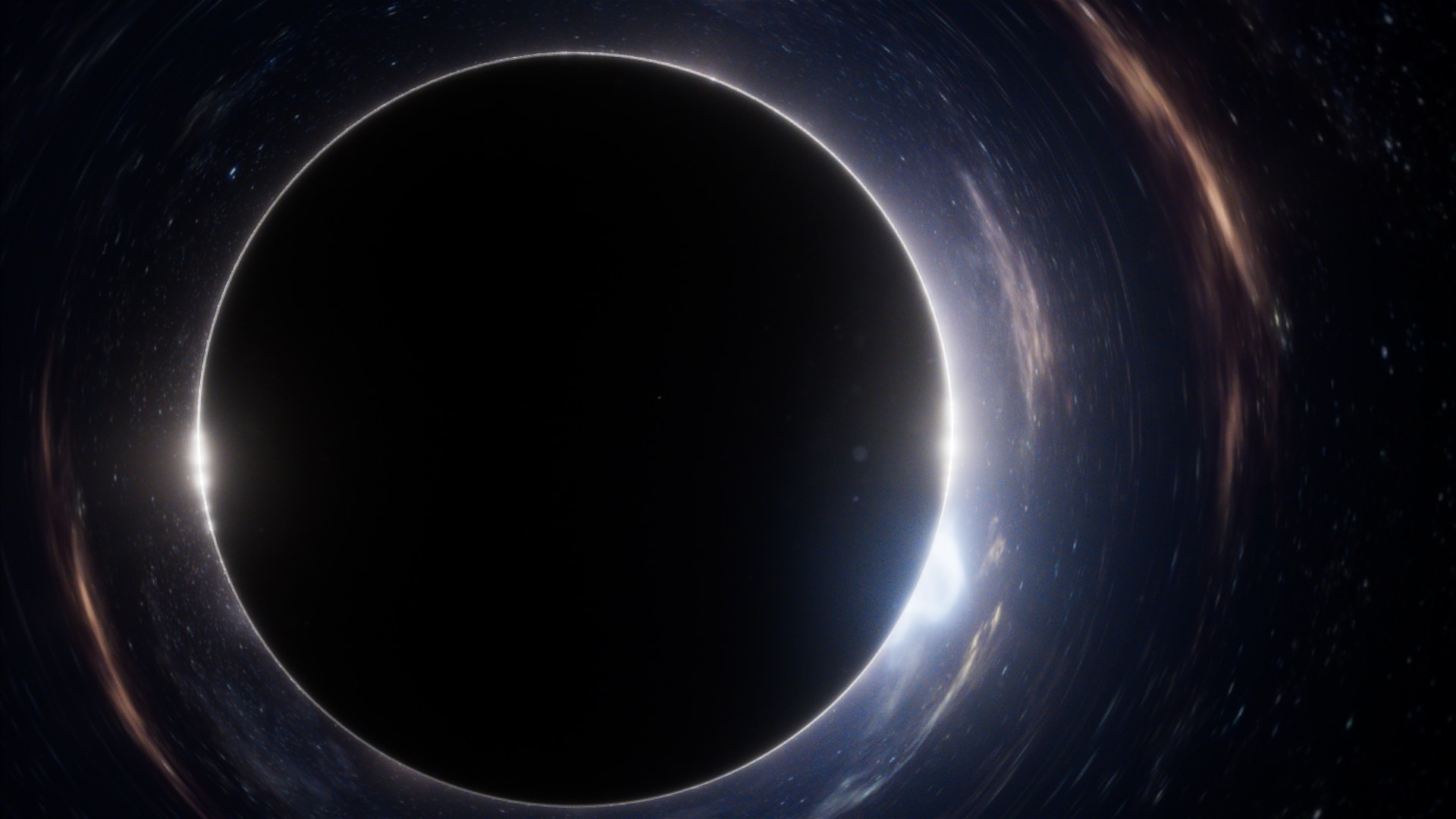
Black holes are forged from the small, dense, remnant cores of dead stars. If the core's mass is more than about three times the mass of the Sun, the force of gravity overwhelms all the other forces, the remnant collapses and produces a black hole.1
Black holes are objects with extreme density, and the amount of mass they have means they have so much gravitational pull that even light gets trapped. Astronomers believe that most spiral and elliptical galaxies have black holes at their centres.2
There are three types of black hole. Stellar-mass black holes are the smallest; between 1 and 100 times the mass of the Sun. They form after the centre of a large star collapses, causing a supernova (the explosion of a star).3 The largest, known as supermassive black holes, can have masses that are millions if not billions of times the mass of the Sun. It is thought that this type of black hole reaches its enormous size by merging with other black holes, as well as by subsuming stars.4 Intermediate-mass black holes are a third category that – as the name suggests – falls somewhere between the previous two. They’re still a bit of a mystery, with only a few having been discovered, but they’re each believed to have a mass of between 100 and 100,000 Suns. It is thought that these are the black holes that merge to form the supermassive variety.5
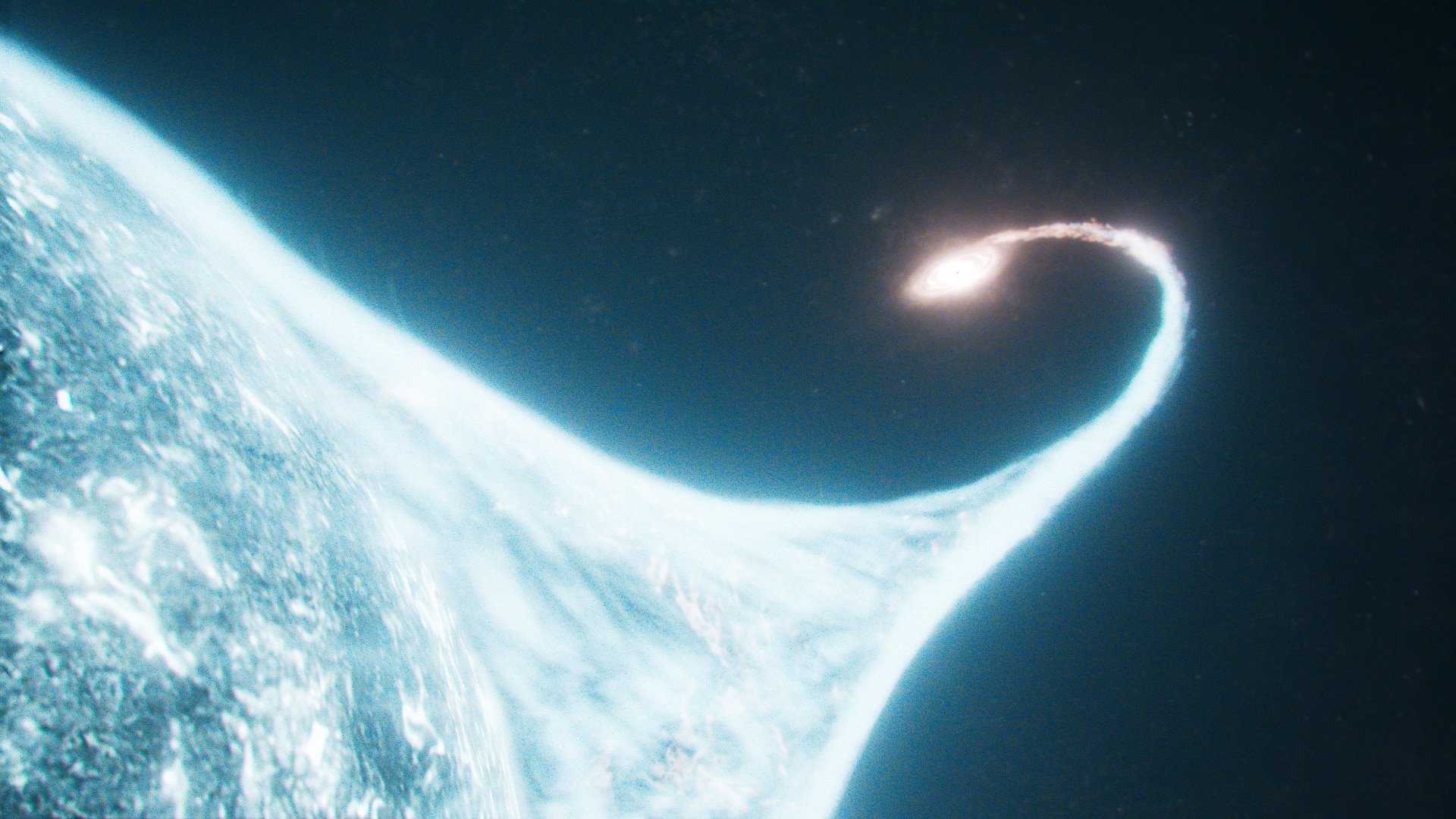
Not only do black holes explain the seemingly chaotic movements of some stars and help make sense of our galaxy, but they represent a new realm of physics for scientists. Einstein’s theory of general relativity6 states that matter warps time and space, creating what we call gravity – and black holes are incredibly dense conglomerations of matter, hence their incredible gravitational pull. But from there on in – quite literally – they put Einstein’s theory to the test.
When we look at the centre of a black hole – the ‘singularity’ – it gets complicated. The forces at play there are so immense that science can’t agree about what happens next. Einstein’s general relativity says that when matter is pulled into a black hole, its information is destroyed – but quantum mechanics says that cannot happen.
As a result, black holes are an incredible theoretical playground for astrophysicists and mathematicians, attempting to reconcile the two theories. From general relativity to quantum physics and string theory, black holes offer experts a testing ground for fundamental theories that explain how the universe operates.7
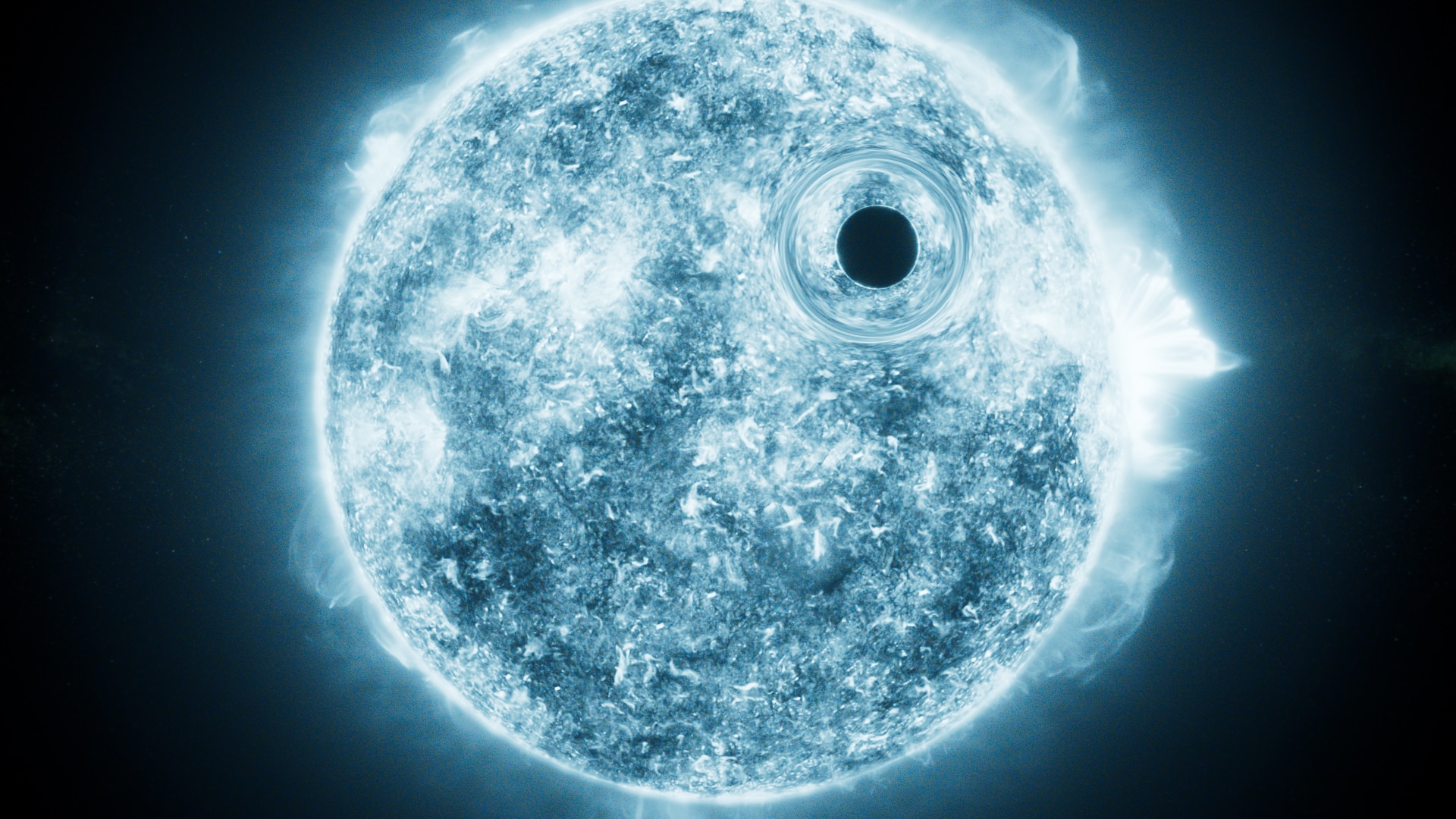
Black holes have such an immense gravitational pull that not even light can escape, so they cannot be seen directly. As a result, huge radio telescopes and gravitational wave detectors are used instead of conventional telescopes.
In 1915, Albert Einstein theorized that when objects move through space, they create waves in spacetime (a concept which fuses space and time)8 around them, just like ripples moving across the surface of a pond. Then, a century later in 2015, he was proved correct when gravitational waves were detected for the first time by researchers at the Laser Interferometer Gravitational-Wave Observatory (LIGO). This was caused by two black holes colliding, 1.3 billion years earlier!9
Black holes can be located by the effect they have on what’s around them – they suck in gas, dust and stars, which becomes superheated and emits radiation that can then be ‘seen’ as a heat image. In April 2019, an image of a black hole and its shadow in the galaxy Messier 87, part of the Virgo galaxy cluster, was captured for the first time using the Event Horizon Telescope, an array of eight ground-based radio telescopes specifically designed to capture images of a black hole. The image shows a bright ring around a black hole 6.5 billion times more massive than the Sun, 55 million light years from Earth. This ‘halo’ is actually a visualisation of the heat given out by hot gas swirling around the event horizon – the very edge of the black hole – as it’s being pulled in.10
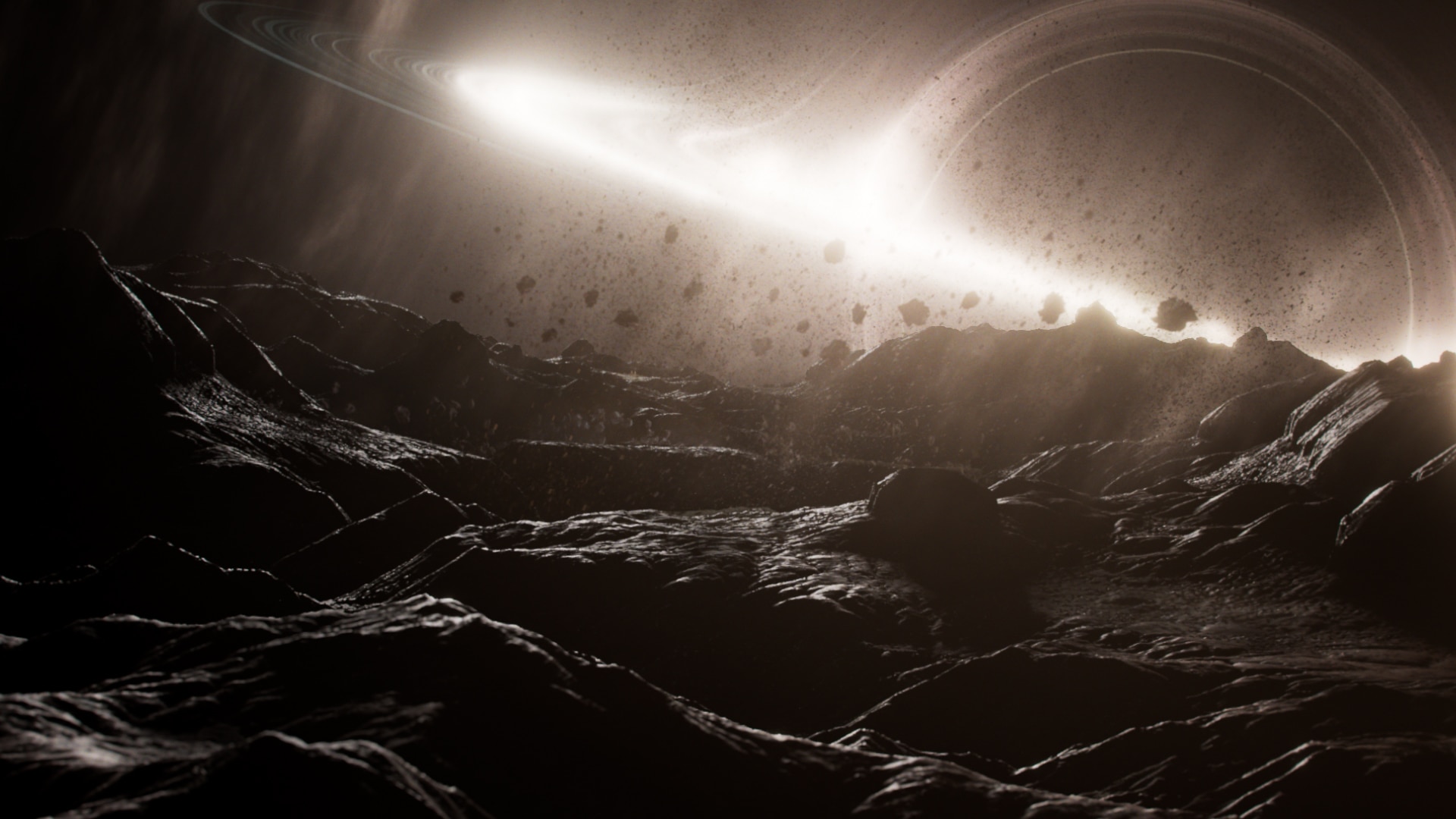
So, the big question – what would happen if you fell into a black hole? Well, the prognosis isn’t great, to be truthful, whichever sort of black hole you picked.
If you leapt heroically into a stellar-mass black hole, your body would be subjected to a process called ‘spaghettification’ (no, really, it is). The black hole’s gravity force would compress you from top to toe, while stretching you at the same time…thus, spaghetti.11
A supermassive black hole has a slightly less horrendous effect, so let’s imagine then that you opt for one of these to make your giant leap for mankind and scientific research.
Sagittarius A* (pronounced “Sagittarius A-star”, and abbreviated as Sgr A*) is a supermassive black hole at the heart of the Milky Way, believed to be around 44 million km across and containing approximately 4.31 million solar masses.12 It was discovered in 1974 by two astronomers, Bruce Balick and Robert L Brown, but remained unnamed until 1982.13
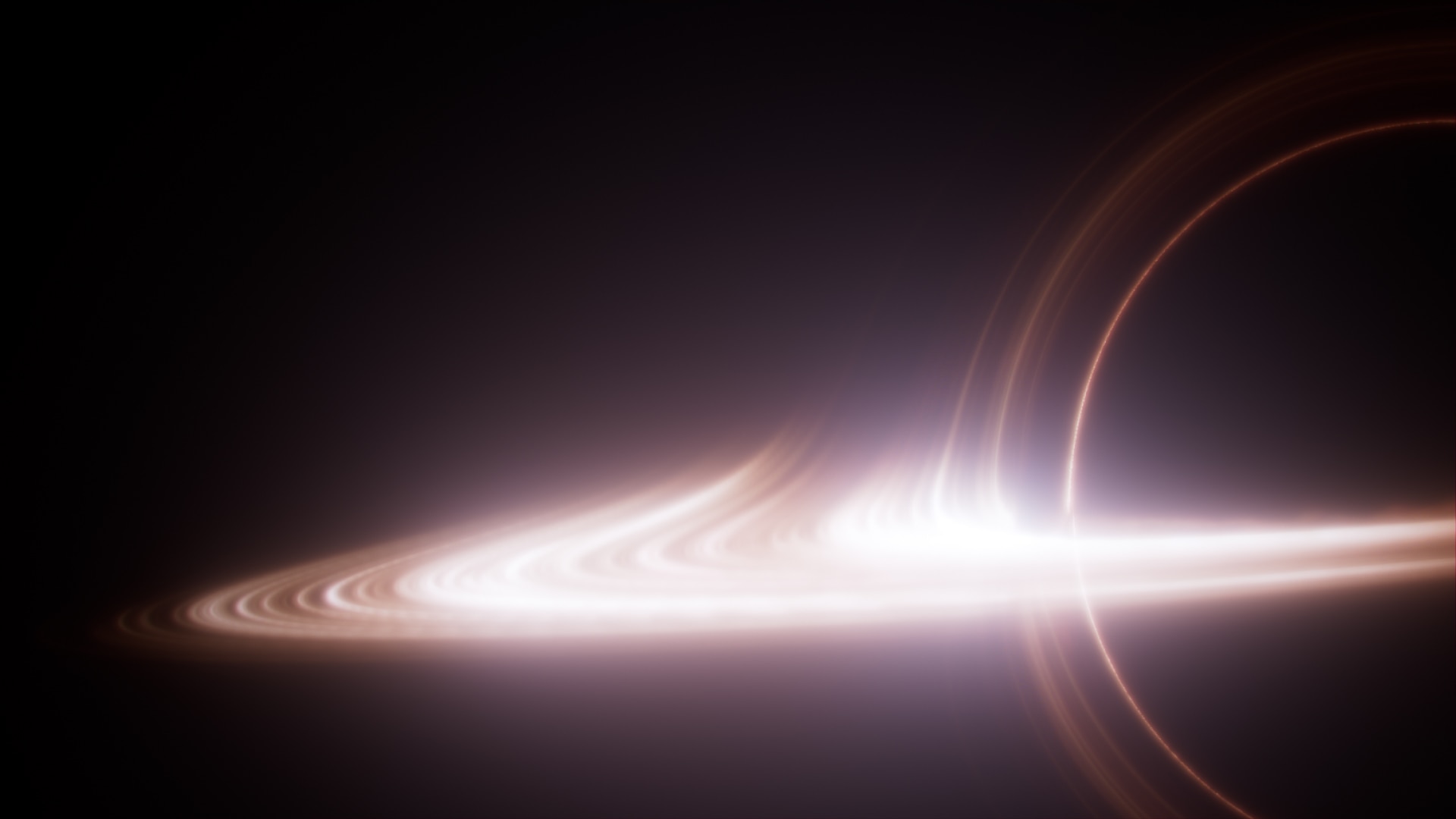
Your journey into Sagittarius A* itself would begin after you slip over the event horizon, the point of no return. You would be able to see out from inside, but no-one would be able to see you because any light would fall back on you. The good news is that although the gravitational pull is much stronger than smaller black holes, the stretching tidal force is less, meaning you won’t be turned into spaghetti. But the bad news is you wouldn’t be able to get out….14
…or could you? Well, your hope lies in the theory of “white holes”. Put simply, if a black hole sucks things in, then a white hole spits them out again – wherever that may be – and the two are connected via an inter-dimensional tunnel, known as a wormhole. Or, it’s also hypothesised, if you waited long enough, the black hole will turn into a white one, anyway. This process is thought to take billions of years, but there’s no reason to be disheartened. Why? Well, due to the intense gravitational forces within, time would be speeded up for you – so it would be over in a matter of milliseconds. Of course, at present, this is only a theory…15
If you want more proof of the inadvisability of swan-diving into a black hole, consider the ‘tidal disruption’ picked up by three NASA telescopes in 2014. It was caused by a star that had come too close to a black hole at the centre of a galaxy, about 290 million light years away. It was distorted, stretched, and shredded as it was sucked into the singularity, while the residue of the destroyed star was flung out in a ‘cosmic belch’.6 16
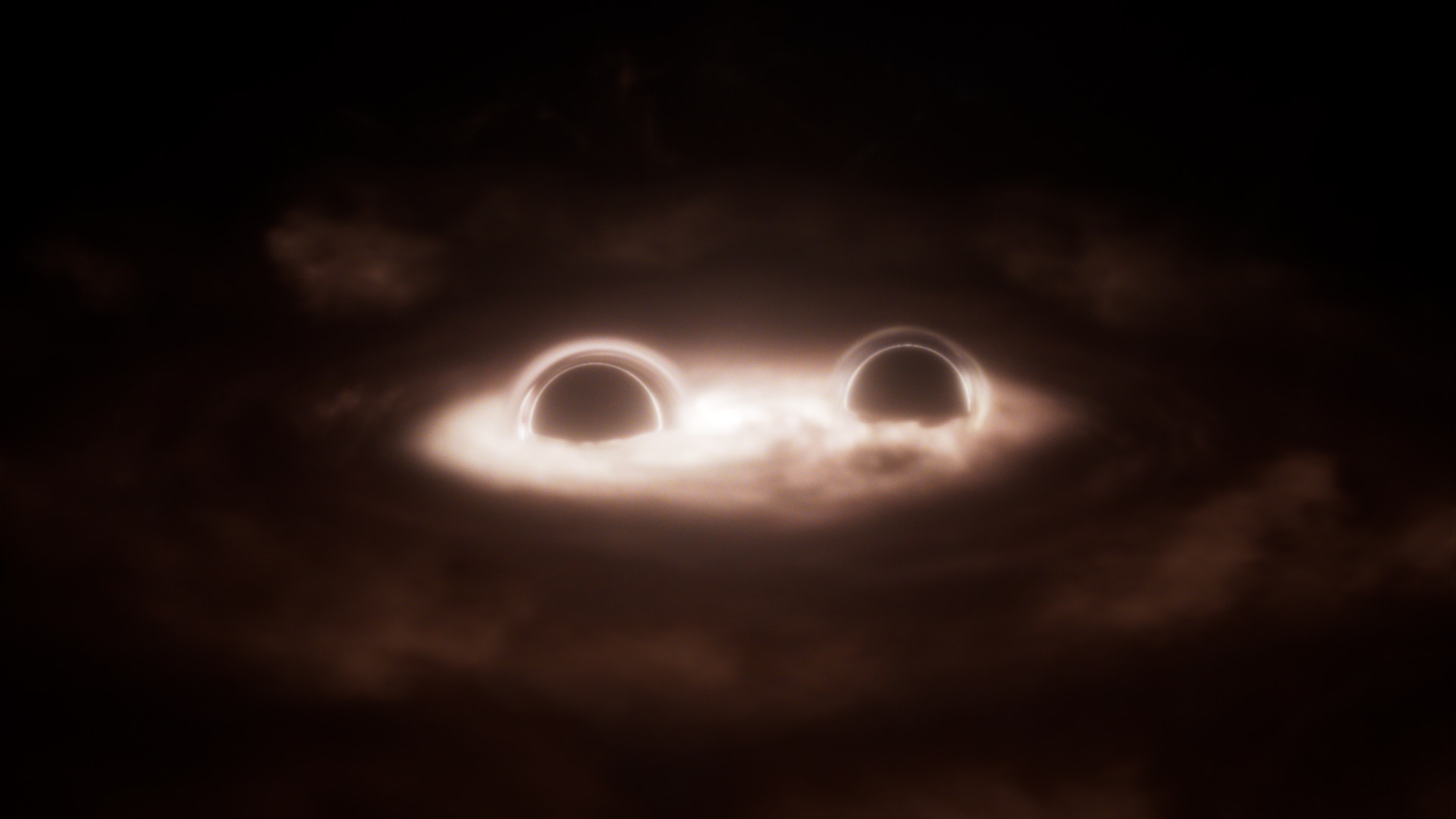
Considering our galaxy alone holds 100m stellar-mass black holes – and that our own galaxy, the Milky Way, has a supermassive black hole at its centre so enormous that it would fit inside the orbit of Mercury17 – maybe it’s time we started to learn more about these enigmatic phenomena. At least, just in case we ever find ourselves about to fall into one.
Featured image © Lola Post Productions
1. The Cores of Dead Stars, 2. Black Holes at the Centre of Galaxies, 3. Stellar-mass black holes, 4. Supermassive Black Holes Really Are Super-Massive, 5. Intermediate-Sized Black Holes, 6. Einstein's theory of general relativity 7. General Relativity vs Quantum Theory, 8. Spacetime definition, 9. Gravitational Waves Detected, 10. Black hole 'halo', 11. Spaghettification, 12. Sagittarius A*, 13. Black hole 'halo' 14. What Happens if you fall into a Black Hole, 15. White Hole Escape, 16. Tidal disruption, 17. Black Holes in our Galaxy